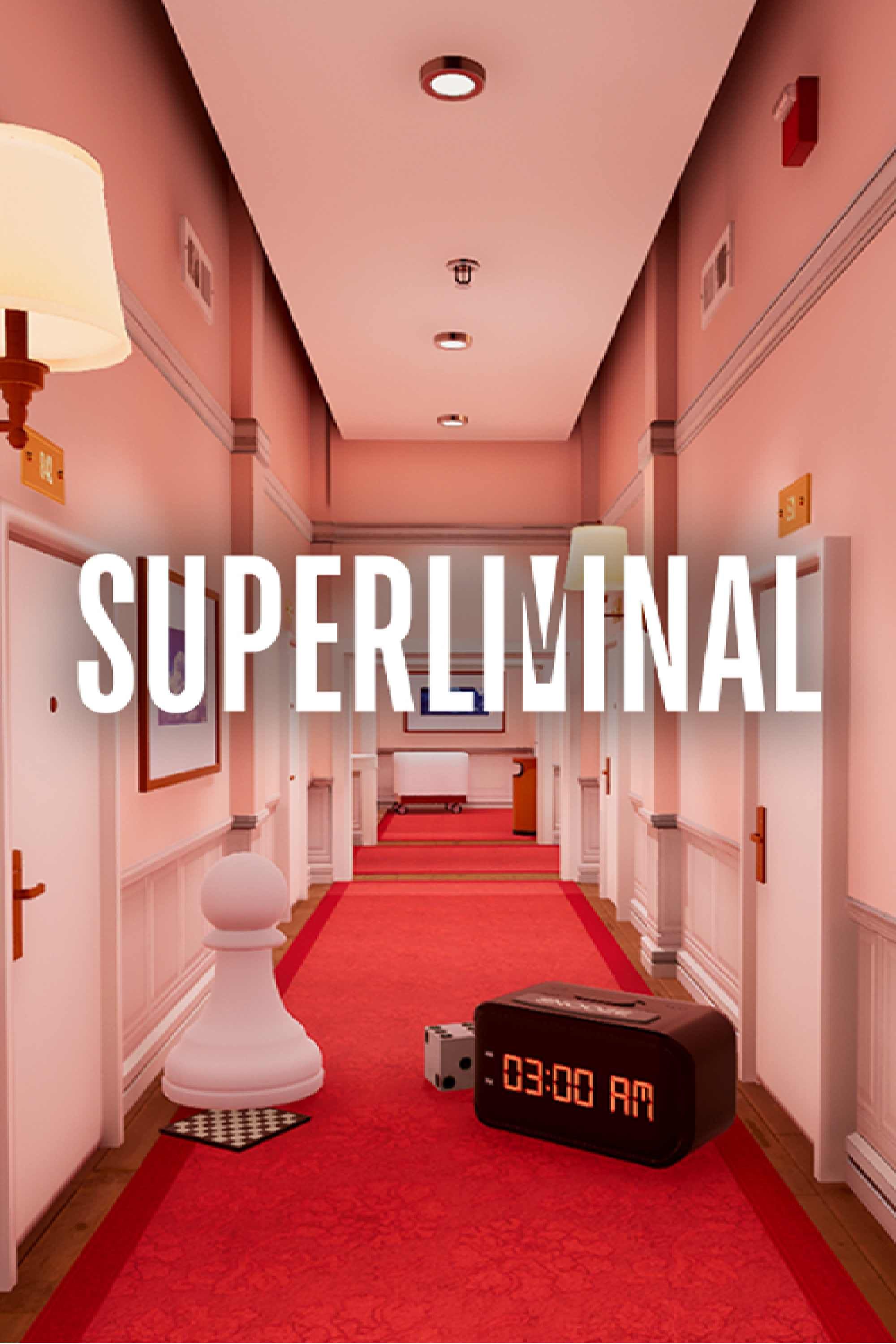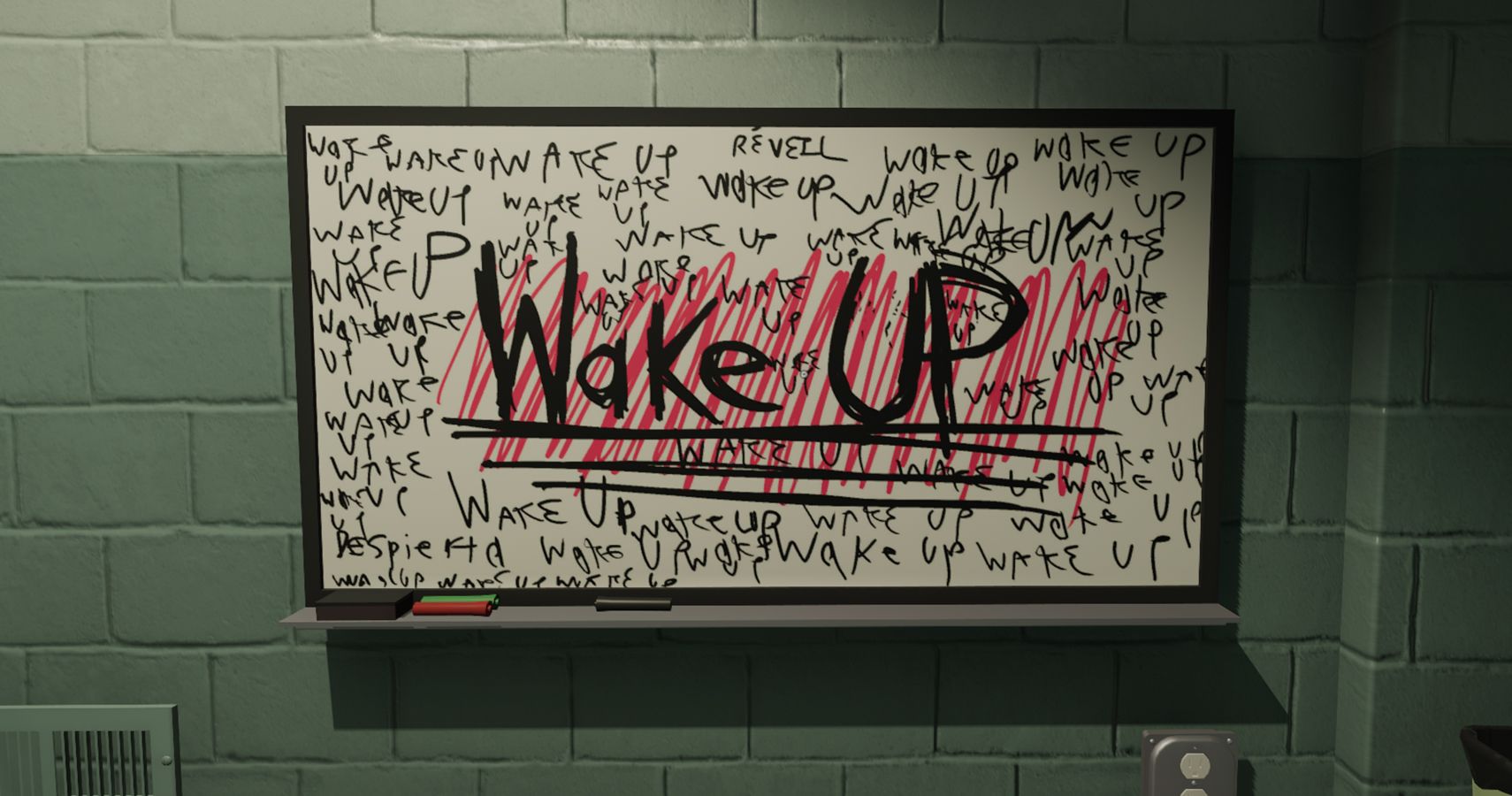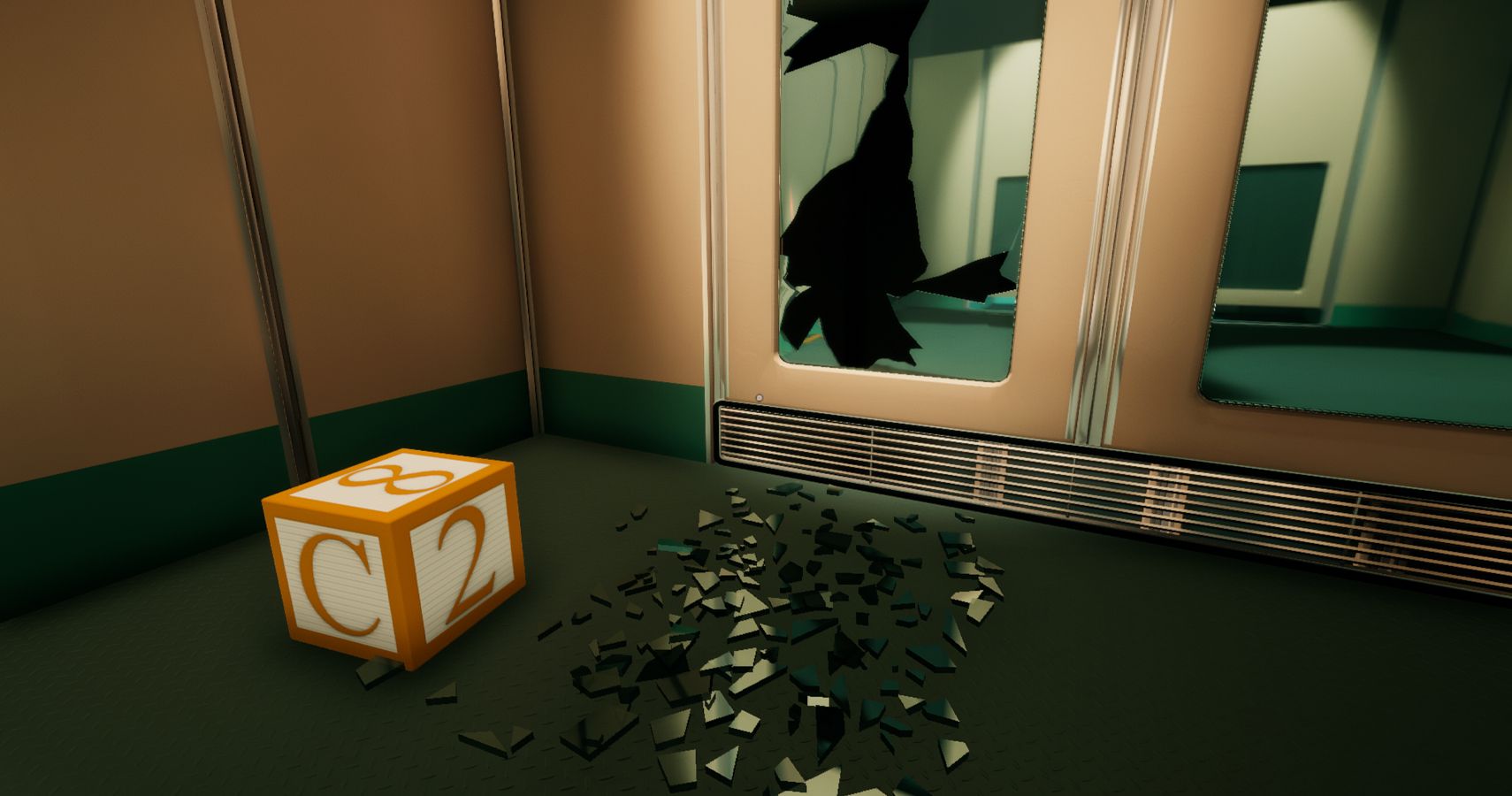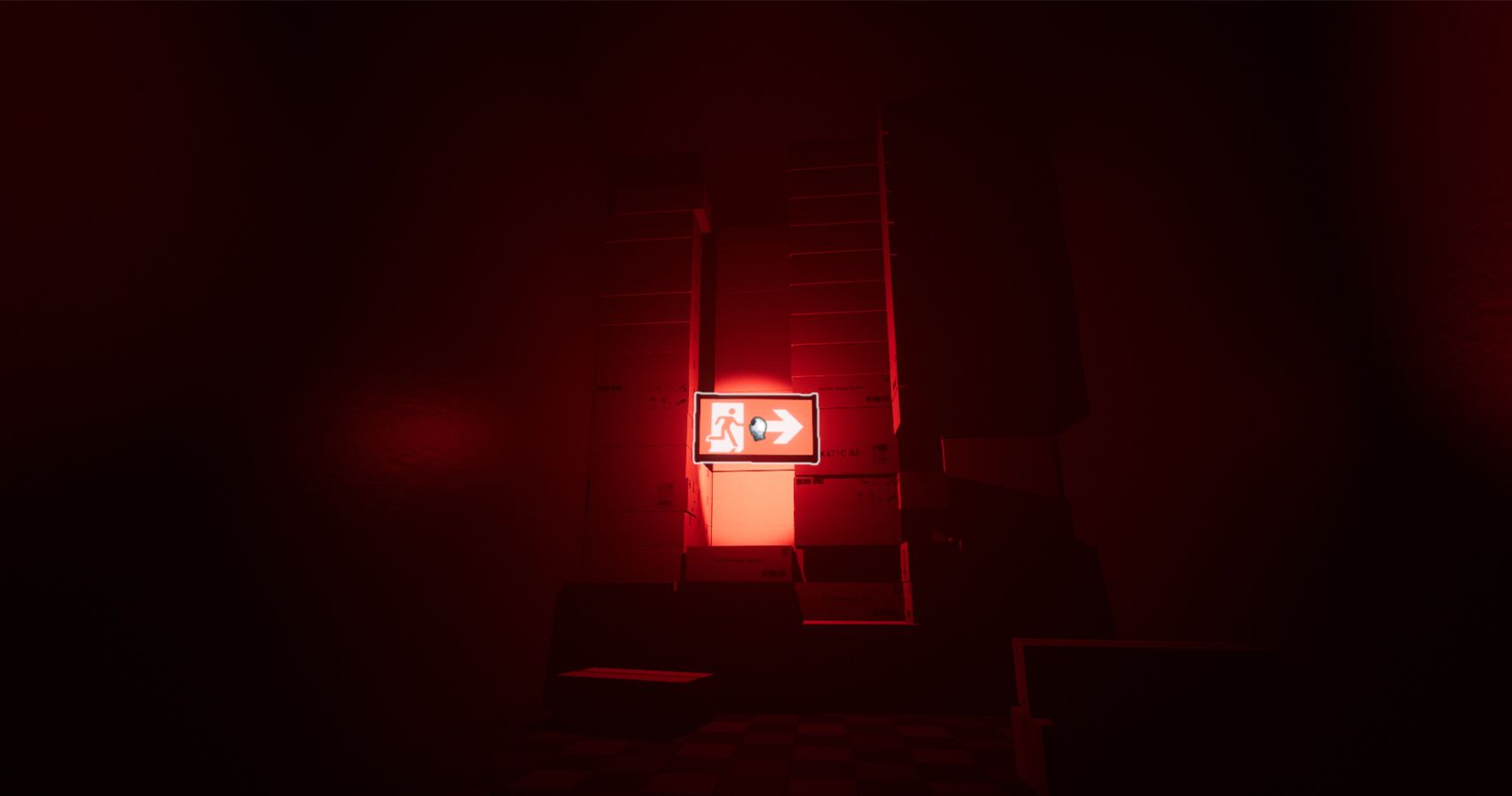While the VR platform is finally starting to make a solid case of vying for your attention, there are still plenty of non-VR games that are capable of altering your reality in impressively mind-bending ways. Superliminal, from developer Pillow Castle, is one of those games. While it may not be groundbreaking in terms of the puzzle genre, it is able to keep players engaged enough to care about figuring just what the heck is going on.
No Quick Fixes
The game kicks off with a commercial inviting players to give the SomnaSculpt dream therapy program a try to get help feeling better about themselves and their feelings of inadequacy. Players “wake up” in a dream state beginning in a room with an alarm clock (which they will become all too familiar with throughout the game). They then proceed to work their way through rooms with various optical illusion puzzles that need to be solved in order to advance. Eventually, players make their way outside of the standardized puzzle program, finding themselves dealing with even more perspective-altering puzzles than before.
Even though I had an idea of what kind of puzzles Superliminal featured based on the game’s trailers, I was still taken aback by how trippy and effective the puzzles were. Where I stood in a room impacted the size of whatever object I was grabbing. Stand far away from the object - a block, for example - in a large room, and the block would remain relatively tiny compared to the rest of the room. Move closer, and the block would become larger, allowing me to move it by the ledge that I needed to climb onto
For most of the puzzles, it was easy to see what needed to be solved and felt very similar to the puzzles found in Portal. Some, though, required a little more of a mental workout, such as creating a physical table by perfectly lining up designs that were painted on a wall. The intuitiveness of the puzzles was appreciated, but they were challenging enough to be satisfying upon completion.
Superliminal’s movement and controls are all pretty intuitive. There’s really not much to it other than walking, jumping, and clicking. This was also appreciated since the simple controls allow for the focus to remain on the perspective-altering experience that Superliminal provides.
Always Darkest Before The Dawn
Altering the perspective of the objects is one thing, but Superliminal shines most in its darker-toned situations. Players go from being in a controlled environment to the areas behind the scenes, which include dark corridors and even traces of a red substance that looks like blood. Red paint cans are also found though, so which is it: red paint or blood? The darker tone is complemented by effective silence mixed with unnerving music and sound effects, while glancing at the various bulletin boards hanging on the wall indicate that all is clearly not well in the subconscious of the character.
These menacing moments escalated the in-game tension and dread to a hair-raising level that I wasn’t expecting.
Without getting into too much detail, there were a few puzzles that broke my immersion from feeling overly long in the time it took to solve. Most of these occurred towards the end of the game, which made me more than ready to be done with the game that, up until then, had me excited to know what was next. Because of these final mechanics, the ending fell a bit flat for me, even though the takeaway from the story itself was satisfying.
Compared to other puzzle games, Superliminal doesn’t necessarily feel like it stands out. However, its use of perspective is incredibly well-executed, and provides a nice mental exercise for those willing to give it a try.
A PC review copy of Superliminal was provided to TheGamer for this review. Superliminal is available now on the Epic Games Store.

Superliminal
Superliminal is a puzzle game played in a first-person perspective, that uses optical illusions and depth perception to perplex the player. You must use your wiles to escape a rather subversive experiment.





